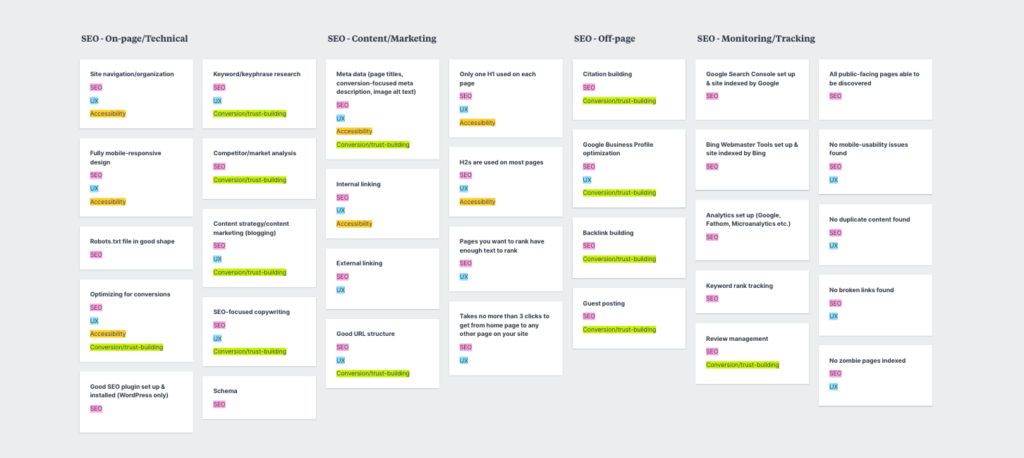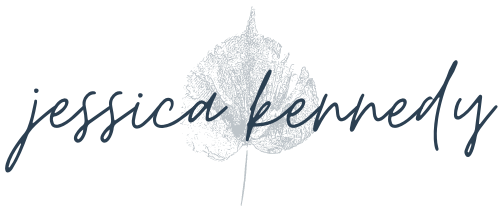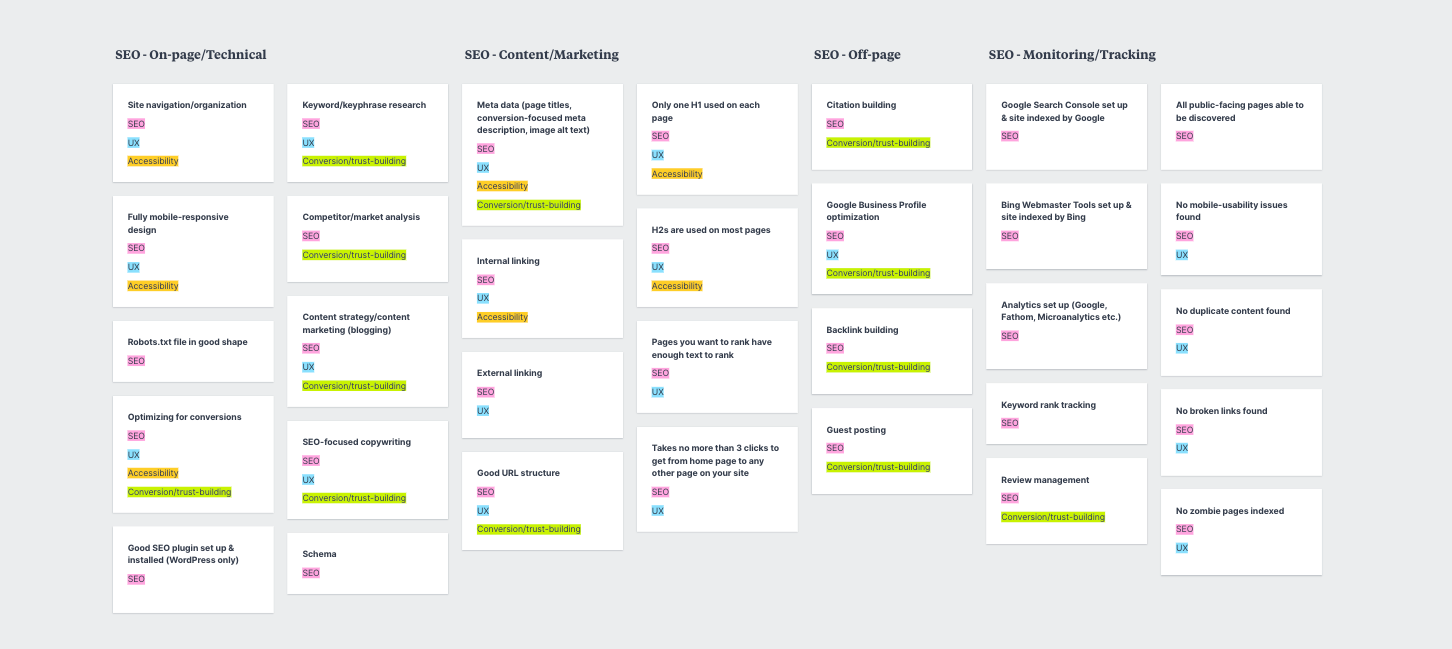
This month I did my first quarterly business planning session. I was inspired by other self-employed business owners like Emily Holland, who does a quarterly business planning retreat, and Nathan Ingram, who gave a talk to my web designer group a few months ago about goal setting. The basic session outline:
- Brainstorm all of your business goals – write them all out and put them somewhere you can find them in the future
- Choose the two that will be most impactful to focus on for this quarter
- Outline why these two goals are important and what steps you’ll need to take to achieve them
- Schedule time each week to work on the smaller tasks that ladder up to the bigger goal
- Finish the quarter, achieve the goal, and repeat the next quarter
We’ll see how it goes, but it already feels helpful to have brainstormed goals, narrowed it down, and have a list of tasks to knock out in the third (!) quarter of this year.
My other delights this month: hillsides of wildflowers in the Eastern Sierra, eating my first cherry tomato from my garden, and signing up to walk a donkey in the Mammoth 4th of July parade.
This Month’s Observation: What’s good for SEO is usually good for accessibility (and vice versa).

A recent blog post from The Admin Bar discusses how to set good page titles for accessibility. But there are frequent mentions of how important this is for SEO and general website user experience too.
There are so many things like this in website design where the best practice for accessibility also has SEO and general user experience benefits… and what’s best for SEO also makes your website more accessible with a better overall user experience… etc. The investments you make in one area usually pay off in multiple areas.
It reminds me of John Muir’s saying, “When we try to pick out anything by itself, we find it hitched to everything else in the Universe.”
I express this often in calls, but I’ve been wishing I had a good visual of just how much overlap there is when creating a “good” website. I couldn’t find one, so I created one (best viewed on a computer).
If you’re not sure your website checks all these boxes, a good website audit will assess many of these things.
Website & SEO Updates from Around the Web
How to DIY: graphic design for nonprofits
This blog post from High Mountain Creative shares great resources/tools to use if you’re DIYing your graphic design, whether you’re a nonprofit or not.
Google Domains agrees to be acquired by Squarespace
Even though I’m a big Squarespace fan, I’m bummed about this. Google Domains was my registrar of choice. Let’s hope Squarespace manages things well!
Always include transcripts for audio and video
Transcripts are a must for all audio and video content on your website (for accessibility but also for SEO and user engagement).
Tangential SEO: finding keywords for content no one else has
Finding creative tangential topics to blog about can be beneficial if you’re facing tough SEO competition.
Early poll results: “kicking and screaming” about GA4
The GA4 design and structure is rough, and the communication around the switch hasn’t been fun either. This parody trailer captures it well.
Online content virtual learning series
There are two sessions left this marketing series for small business owners, one on blogging and one on websites.
Cool tool: Realtime Colors
This tool lets you visualize your colors on a real website. Super helpful if you’re DIYing your branding or working with a designer who isn’t familiar with website design. One thing this doesn’t show is whether your colors have enough contrast. Use this tool to check that.
Happy Pride Month!
In honor of Pride Month wrapping up, I wanted to share a few LGBTQ+ organizations’ websites that I love: The Trevor Project, PFLAG, Them, and The Center CV.
I also recently came across The Gender Spectrum Collection by Vice — a stock photo collection for media outlets to use (noncommercial use only) in case anyone here is connected to a news/media organization. From Vice:
“After noticing a scarcity of stock imagery that realistically depicted transgender and non-binary people, [we] created the Gender Spectrum Collection to help media outlets better show transgender and non-binary people in ways that go beyond clichés.”


